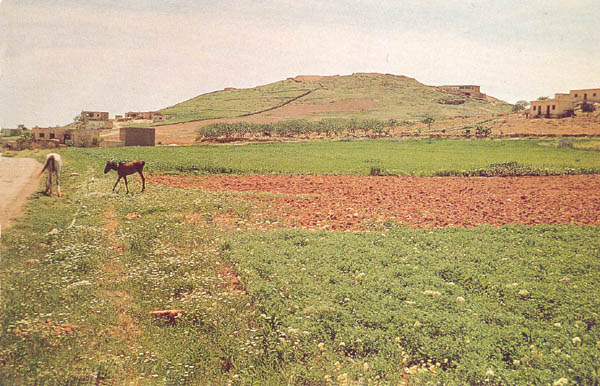Image Details

Lawrence Geraty
Tell Hesban rises above the surrounding plain. A typical Near Eastern tell, Hesban is an artificial hill formed by accretions of settlements built one on top of another. Buried within the slope are city walls that help retain the accumulated debris of centuries of civilization and give the mound its characteristic shape. Located on a plateau in present-day Jordan, some 20 miles east of Jericho and 14 miles southwest of Amman, Tell Hesban seemed a likely candidate to be biblical Heshbon, the Late Bronze Age city conquered by Joshua, Not only does its location correspond with the biblical text, its Arabic name links it closely with the biblical site.
Archaeological excavations at Tell Hesban, however, have failed to turn up remains from the Late Bronze period, generally associated with the conquest. Two other tells in the vicinity, Jalul and Umeiri, do show Late Bronze evidence and are now considered to be possible locations for Heshbon of the Amorites, whose destruction by the Israelites is recorded in Numbers 21:21–31. Possibly—scholars suggest—the name Heshbon shifted from its original location, Jalul or Umeiri, to the site now called Hesban.
